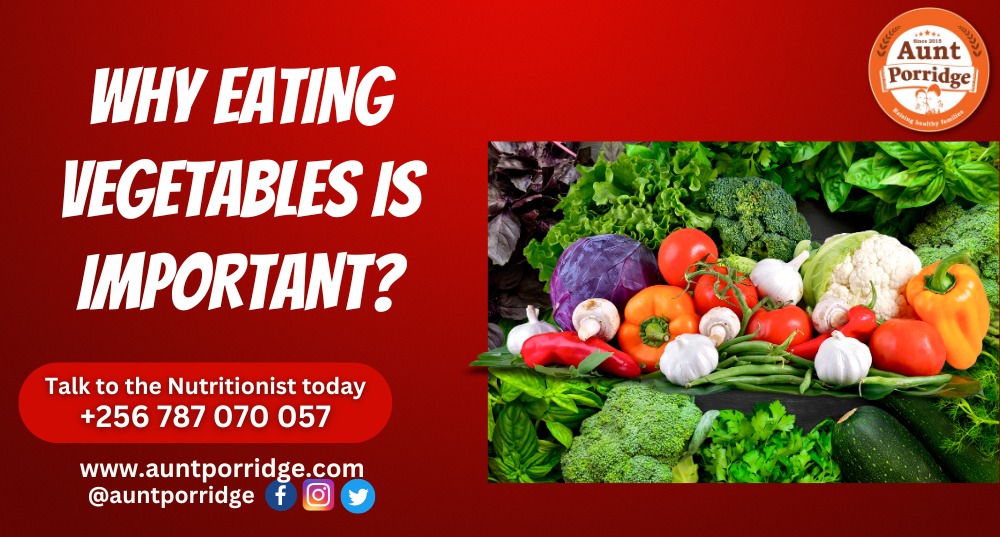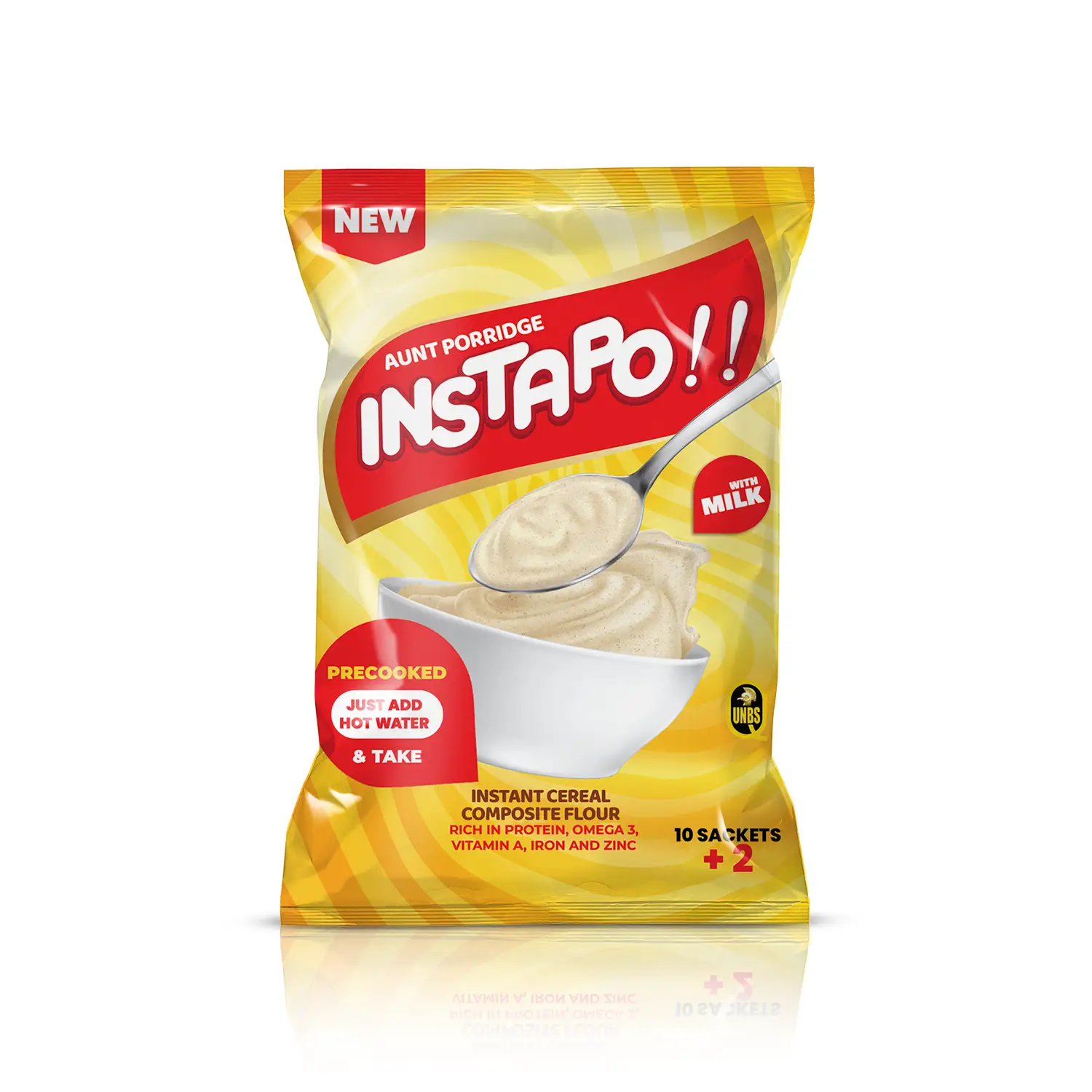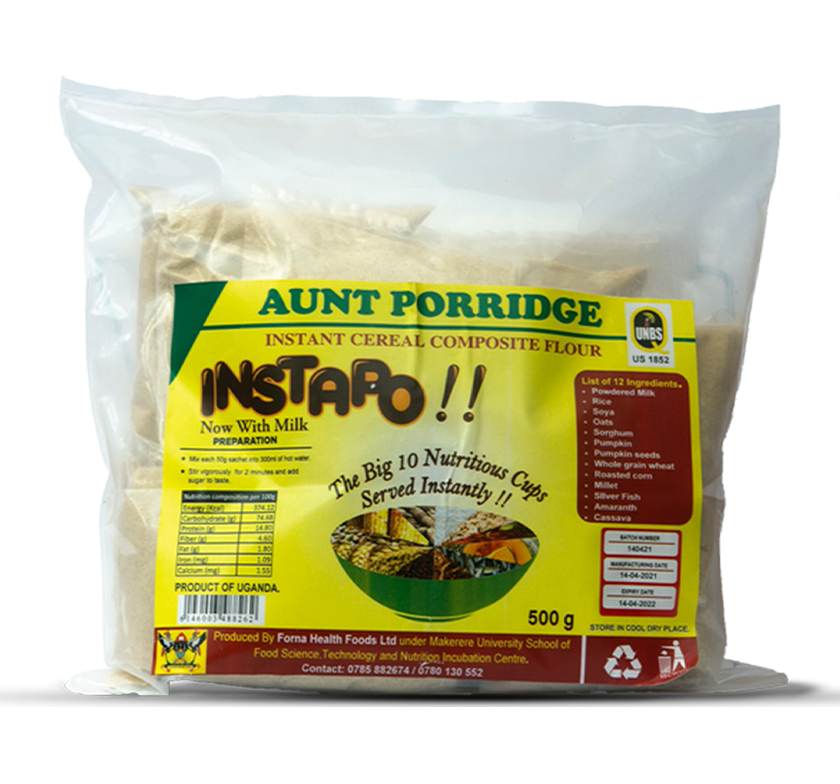WHY EATING DIFFERENT VEGETABLES IS IMPORTANT?
Eating a variety of vegetables is important for maintaining a healthy, balanced diet. Vegetables are rich in nutrients, vitamins, and fiber, which are essential for maintaining good health. Here are some of the best vegetables to eat daily:
1. Leafy Greens like spinach and kale, are packed with vitamins, minerals, and antioxidants that our bodies need to function properly. They are also low in calories, making them an excellent choice for weight loss. Leafy greens are also high in fiber, which helps promote healthy digestion.
2. Bell Peppers are an excellent source of vitamin C, which is important for immune function, wound healing, and skin health. They also contain vitamin A, potassium, and fiber, making them a great addition to any diet.
3. Carrots are rich in beta-carotene, which is a precursor to vitamin A. This nutrient is important for eye health, immune function, and skin health. Carrots are also a good source of fiber and potassium, making them a healthy addition to any meal.
4. Broccoli is a cruciferous vegetable that is rich in vitamins C and K, as well as fiber and antioxidants. It has been shown to have anti-inflammatory properties and may help reduce the risk of cancer.
5. Tomatoes are a good source of vitamin C, potassium, and lycopene, which is an antioxidant that has been linked to a reduced risk of heart disease and cancer. They are also low in calories, making them an excellent choice for weight loss.
6. Sweet Potatoes are a great source of fiber, vitamins A and C, and potassium. They are also loaded with antioxidants that can help protect against chronic diseases like cancer and heart disease.
7. Brussels Sprouts are a cruciferous vegetable that is high in fiber, vitamins C and K, and antioxidants. They have been shown to have anti-inflammatory properties and may help reduce the risk of cancer.
8. Asparagus is a good source of fiber, vitamins A and C, and folate. It also contains antioxidants that can help protect against chronic diseases like cancer and heart disease.
9. Cauliflower is a cruciferous vegetable that is rich in fiber, vitamins C and K, and antioxidants. It has been shown to have anti-inflammatory properties and may help reduce the risk of cancer.
10. Green Beans are a good source of fiber, vitamins A and C, and potassium. They are also low in calories, making them a great choice for weight loss.
In conclusion, adding a variety of vegetables into your daily diet is important for maintaining good health. Eating a rainbow of colors ensures that you are getting a variety of nutrients that your body needs to function properly. Remember to choose fresh, whole vegetables whenever possible and cook them in a way that preserves their nutrients.

















